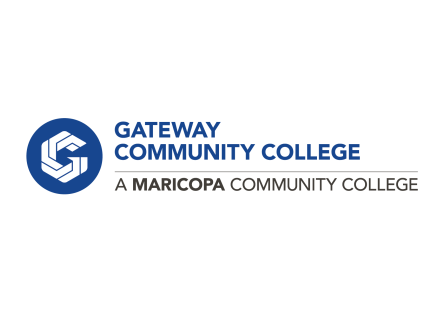
As she holds a book, Kyoko Olson can’t help but smile. She recently received a copy of “The Methodology of Learning Assistance to Enhance College Student Literacy,” a project she collaborated on that discusses learning assistance methodology in higher education. The book was printed in Japanese, her native language.
“For a number of years it was hard describing to my relatives what I did as my job,” says Olson, a Glendale resident and Learning Center director at GateWay Community College. “Learning assistance did not exist in Japan, so there was simply no word for this.”
As Japan's birth rate is decreasing steadily, universities and colleges have been faced with a shrinking enrollment. As a result, more under-prepared students are being admitted, giving rise to the learning assistance field and thus, there was a need for a book to educate professors and researchers on this new field in an effective manner -- a practical guide.
Growing up in Japan, Olson earned her bachelors in English literature. When she came to the United States, she began working as an English as a second langue adjunct faculty in Nevada.
“That college didn’t require a master’s degree to teach, but when I moved to Arizona I realized that community colleges here require it,” says Olson.
Her initial role at GateWay was as a Learning Center technician. During this time she also pursued her master’s in teaching English to speakers of other languages, a population she served and identified with. At GateWay’s Learning Center, Olson began to move through different levels of responsibilities, absorbing the details of learning assistance. Eventually she would earn the top role as Learning Center director.
“My job has always been at GateWay and always at the Learning Center. This is my field,” says Olson with a smile.
At a National Association for Developmental Education conference in San Antonio she met Hirotoshi Tanigawa, a professor at Japan’s Shikoku University. The two exchanged business cards and occasionally kept in touch. Then, Olson heard from Professor Tanigawa asking if she would be interested in participating in a project about learning assistance.
“Learning assistance originated in the United States so I thought I could help since I have been working in this field for almost 23 years,” says Olson.
Her section focuses on tutoring, supplemental instruction, educational technology, support for disabled students and other assistance students receive as freshman all the way up to graduate level. Overall, the project involved 44 other people working in all different kind of learning assistance program, teaching education courses at different universities and colleges in Japan.
Participation in the project was stressful as she juggled her duties as Learning Center director and was teaching part time, but it was well worth it.
“When I opened the envelope from Japan I was like, wow, my hard work,” said Olson. “Before, I didn’t have a word to explain to my family and friends what I do in this country, now if I go back and search on the Internet, many of the universities in Japan have some type of learning support program.”